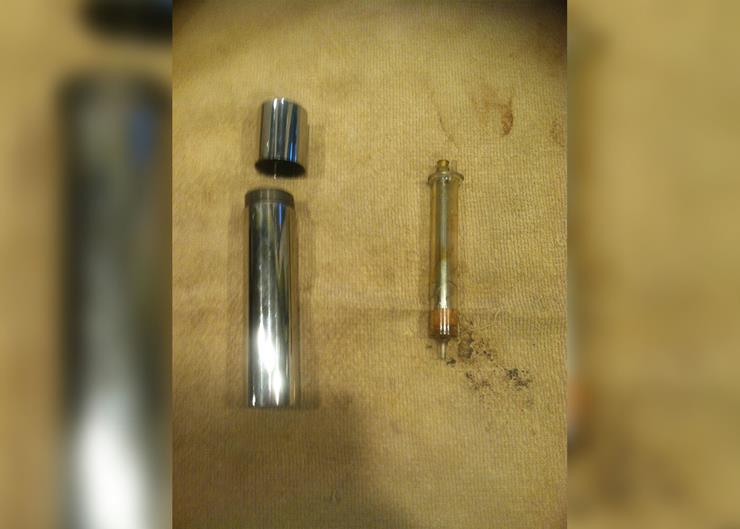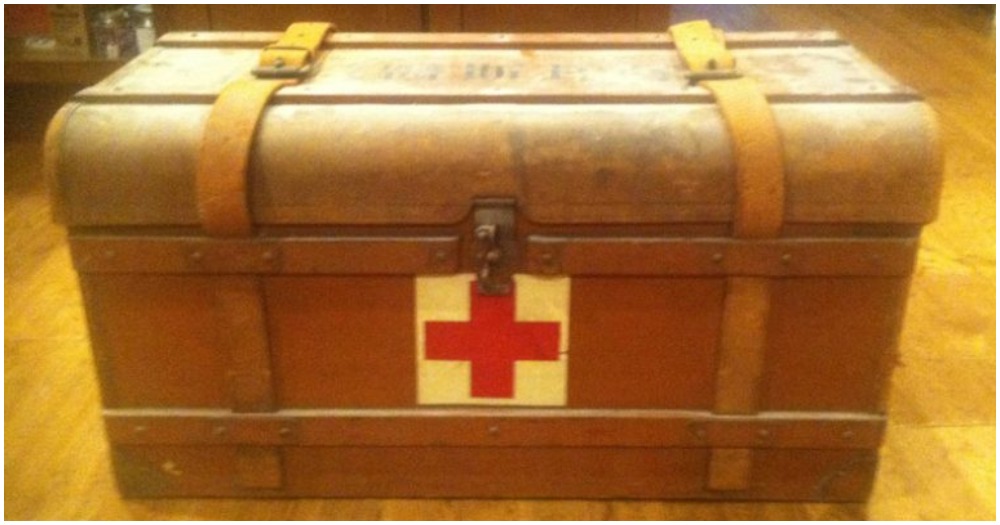
Given the recommendations John found on the Internet, he thought it would be a good idea to put the medicine, old as it was, to the test. Needless to say, this was an extremely dangerous move. Who knows? It could have been poisonous!
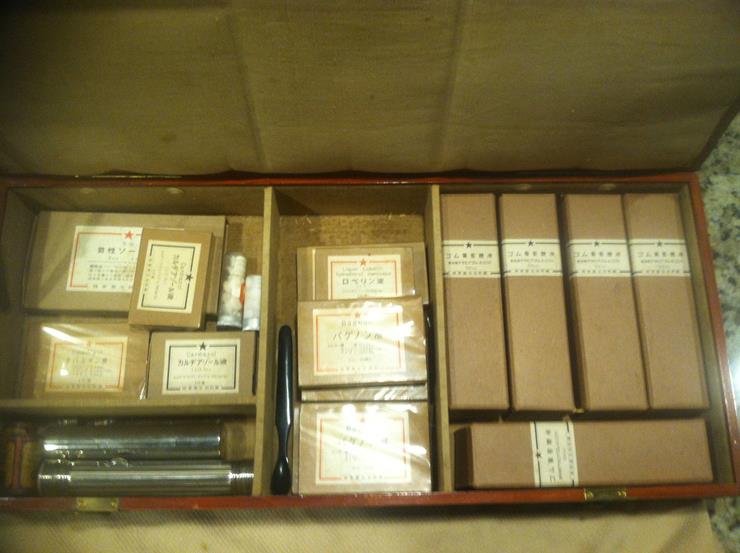
John went through with testing the stuff anyway, and he began with a small container of some sort of purple liquid. Thankfully, it turned out to only be sugar water, as a translator revealed that the container listed “gum glucose liquid,” simply meant for raising blood sugar.
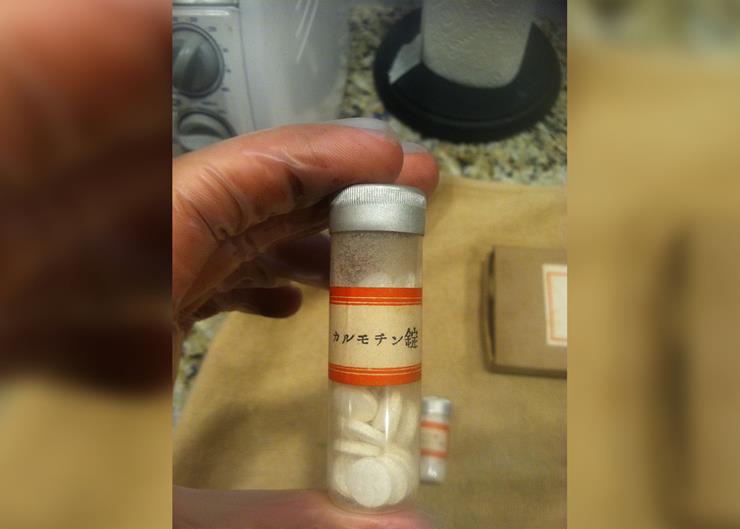
Most of the other bottles in the first layer of the box contained sodium salicylate, which was a pain reliever that predated aspirin. Other bottles simply contained caffeine, which was not only used to boost energy but to decrease inflammation.

It’s a good thing that he stopped there because the next container contained bromisoval, an over-the-counter Japanese compound that has powerful effects on the nervous system. It’s not only a sedative but sometimes even hypnotic. It was used to treat anxiety at the time, perhaps even for kamikaze pilots.
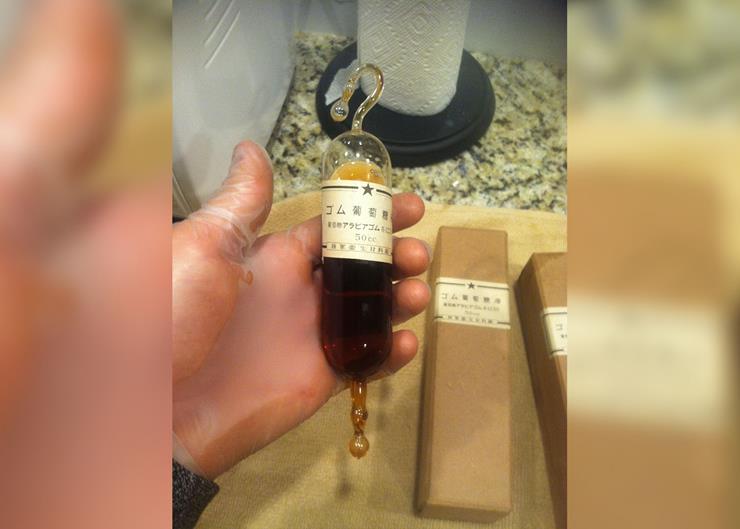
Another bottle was inscribed with Latin text that read “Liquor novocaine sterilizations,” or novocaine. This powerful substance would have been used for intensive field surgery like bullet removals and perhaps even amputations. There were other supplies, too…

There was a flashlight that would have come in handy for field medics, but by the time John found it, he had to handle it with gloves, as the batteries leaked acid. There was also medical carbon, a mask, and even two small kerosene bottles in the bottom layer of the chest.
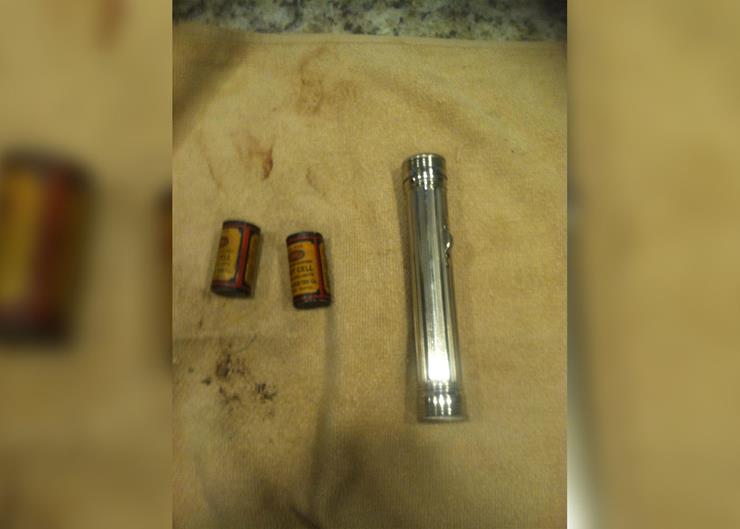
John wore his gloves while investigating the intravenous kit that was deep within the box; it was covered in rust, as was the rubber tubing and plunger. There was also a small box in the mix, which contained something similar to adrenaline.
